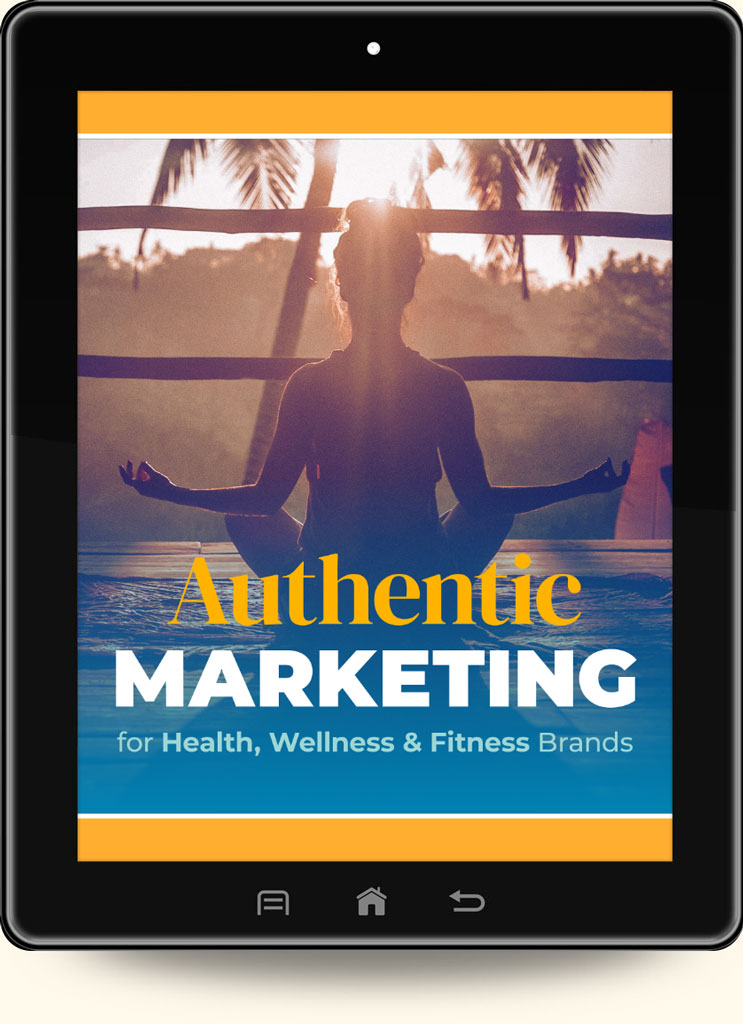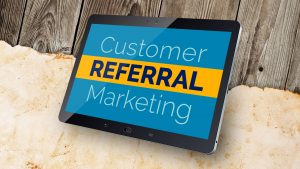If you’re anything like me, you know that generating quality leads online is challenging.
It’s difficult to go from paid ads and search engine traffic to warm leads and happy customers. There are so many things in your marketing and sales funnels that can go wrong. And one of the biggest offenders is an underperforming landing page.
The average website conversion rate across industries is only 2.35%. For every 43 website visitors, 42 walk away before completing the desired action. Not stellar.
Dedicated landing pages perform better than the average web page, but the numbers still aren’t very high. Depending on the stats you find, the average landing page conversion rate is between 4% and 5%. Even seasoned marketing veterans get it wrong when it comes to landing pages.
The good news? There are easy ways to improve landing pages, increase conversion, and lower your cost per lead. Small improvements in landing page performance lead to significant increases in ROI. Who doesn’t want that?
By implementing the following fixes, I’ve seen landing page conversion rates as high as 24.1%. Imagine what a conversion rate like that could do for your business.
Let’s take a look at the top five landing page mistakes and how to fix them:
1. Slow page speed
Believe it or not, the number one factor for landing page performance is page speed. Nothing deters a potential lead more than a page with sluggish performance.
On average, you only have three seconds to serve your content before visitors run for the back button. Pages that load slowly cause quick bounces (where visitors immediately leave without taking any action).
Page speed and server performance are highly technical topics. There are countless reasons why pages load slower than you’d like. Some commons culprits are:
- Large, uncompressed images
- Uncached content
- Unoptimized CMS software
- Bloated code
- Multiple JavaScript & CSS files
- Too many HTTP requests
- And many more…
It’s a bit beyond the scope of this post to troubleshoot server performance and page optimization. Besides, the common culprits aren’t necessarily the main culprit. For the vast majority of slow web experiences, you can blame cheap shared web hosting. When pages fail to load quickly enough, you can usually trace poor performance to inexpensive shared hosting.
The Fix:
The easiest way to improve landing page speed is to upgrade your hosting to a VPS account. VPS stands for “virtual private server.” The benefit of a VPS hosting account is that you’re not sharing server resources and bandwidth with thousands of other sites. You get your own slice of the server pie.
VPS hosting runs between $20-100 per month, so it isn’t cheap. However, if you’re already spending money promoting a landing page, the best investment you can make is snappy user experience.
Before upgrading your hosting, test your landing page with GTmetrix’s free analyzer. It will give you a detailed speed performance report and recommendations on how to optimize your page.
2. Sending paid traffic to your Home page
Almost any web page can be a landing page. A landing page is merely the first page someone visits after clicking your ad. But in the Marketing industry, a landing page is a standalone page explicitly designed for a marketing or advertising campaign. Landing pages are created with a single purpose in mind (like capturing leads, making sales, or collecting sign-ups).
It’s not a good idea to send campaign traffic to your Home page. The main reason is that Home pages present multiple options and serve many purposes. Home pages are naturally misaligned with the specific goals of any particular campaign. Because of this, sending traffic to your Home page creates a disconnect between ad copy and the Home page experience.
On the other hand, sending traffic to a dedicated landing page creates a cohesive experience between the ad copy and landing page content.
One benefit of dedicated landing pages is the ability to measure conversions. You can track the number of visitors who visit the page and those who complete the desired action. When you send ad traffic to your Home page, it’s incredibly difficult to measure visitors and conversions from paid campaign traffic.
If you can’t measure conversions accurately, you can’t measure the ROI of your campaigns. If you’re not measuring ROI, then you don’t really know if your marketing is generating acceptable results.
The Fix:
Don’t send advertising traffic to your Home page. Instead, use a dedicated landing page for your paid traffic. Your landing page should be measurable with a single focus. The idea is to align with the goals of your advertising campaign – something your Home page isn’t well-suited to do.
3. Unnecessary design elements
One of the reasons why Home pages make bad landing pages is all the needless navigation, links, and design elements. Headers, footers, social media links, and additional calls to action (CTA) just aren’t necessary for landing page performance.
Landing pages that perform well are clear and focused. Ideally, they only include one CTA.
There’s a concept called “attention ratio” which refers to the number of possible distractions relative to the one desired action on a page. On average, Home pages have an attention ratio of 40:1. That means there are 39 links (distractions) relative to the desired action.
The ideal attention ratio for landing pages is 1:1. A page with a 1:1 ratio has no distractions and only focuses on the desired action.
The Fix:
Remove distractions like site navigation, headers, and footers from your landing page content. If you don’t have an excellent reason to include a link, don’t add it. Keep the attention ratio on your landing page as low as possible. Aim for 3:1 or less.
4. Weak copywriting
We’ve all visited bloated landing pages with too much sales hype. Pages like that waste people’s time. It’s a given that your product or service offers value. But your landing page experience has to provide value as well. People need to feel like it’s worth their time to visit your page – whether or not they convert.
The best landing pages are concise, potent and to the point. They focus on value and benefits above features and lengthy descriptions. Successful landing pages are persuasive and communicate the unique value proposition (UVP) of the product or service.
A UVP, also known as a unique sales proposition (USP), is a clear statement that describes the benefits of your offer. It communicates how you meet customer needs and what makes you different than the competition. Your UVP should appear prominently near the top of your landing page.
One of the biggest mistakes you can make is trying to be too clever. There’s nothing wrong with creativity in your writing, but don’t derail your message for the sake of a catchy headline. Keep your copy focused on what the visitor is going to get from your product or service.
The Fix:
Identify a problem or pain point that your product or service solves. Then focus on your value and benefits (before features, descriptions and excess detail). Why is this valuable to your visitors? What are the advantages and how does it solve the problem?
A great way to start your copy is by asking a question related to a customer pain point. Then follow up with information that addresses how your product or service alleviates that pain.
Don’t bury the lead. It’s always a good idea to lead with your UVP.
5. Not mobile-friendly
More than half of all web traffic comes from mobile devices. That means that the majority of visitors are experiencing your landing page on smartphones or tablets.
If you’re forcing people to scroll side-to-side on a desktop layout, you’re frustrating the majority of your users. Desktop layouts don’t render correctly on most mobile devices and cause numerous user experience problems.
Mobile traffic is accelerating. You can’t afford a landing page that doesn’t perform well on smartphones, tablets, and other mobile devices.
The Fix:
Start with a mobile-friendly, responsive framework like WordPress, Bootstrap, or Unbounce. Take a mobile-first approach to your design. Make sure your pages look great on mobile and translate well to the desktop.
BONUS: 5 more tips to boost landing page conversions
1. Use trust factors
Most people visiting your landing pages are complete strangers. It’s a good idea to grease the wheel by adding elements that increase trust:
- Photos of real people and scenarios
- Genuine testimonials
- Money back guarantees
- Security badges
- Professional design
2. Testing, testing, testing
An online marketing funnel can be pretty complicated. But once you’re set up and running, it’s smart to run tests to improve performance. Test essential landing page elements like layouts, headlines, CTAs, and images. When getting started, try simple A/B tests to see if changing page elements impacts your conversion rate.
3. Add a Thank You page after your visitors convert
It’s great that you’re getting conversions, but what should your visitors do next? A Thank You page is an excellent place to guide visitors to the next step in your sales funnel. You can add social profiles, additional links, and further content that will help them in their journey from stranger to a happy customer.
4. Only ask for what you need, collect more data later
A big conversion killer is a long, cumbersome form. Each form field is a friction point that can deter visitors and lower your conversion rate. If you don’t need the information right now, consider shortening your forms. You can always ask for additional information later in your sales funnel.
5. Create a unique landing page for each campaign channel
The main reason to create individual landing pages for each channel is the ability to measure results. Unless you’re an analytics wiz, it’s technically challenging to measure the outcomes of multiple sources on one page.
Also, the ad copy that works on Facebook might not work for Google Ads. The same goes for Twitter, LinkedIn, and Bing. If you’re testing the effectiveness of your ads on different platforms, then you’ll naturally make changes to the copy. Those changes won’t be reflected on the landing page if you’re only using one page for all of your advertising channels.
Nothing feels better than a landing page that converts. By implementing these tips and fixes, you’re putting yourself in an excellent position to succeed. Imagine how good it’s going to feel when you double or triple your conversion rate, cut costs, and boost your ROI!







